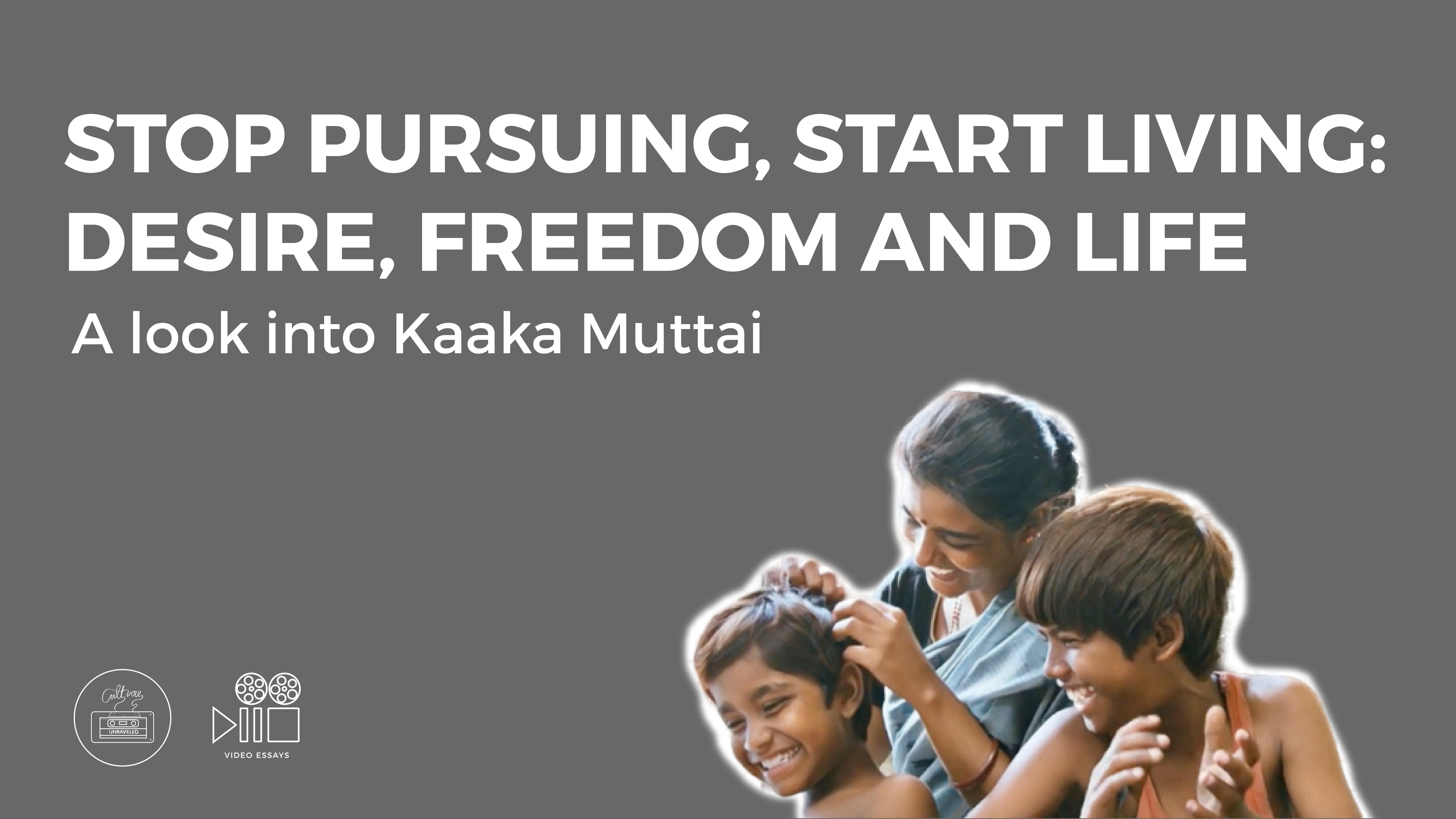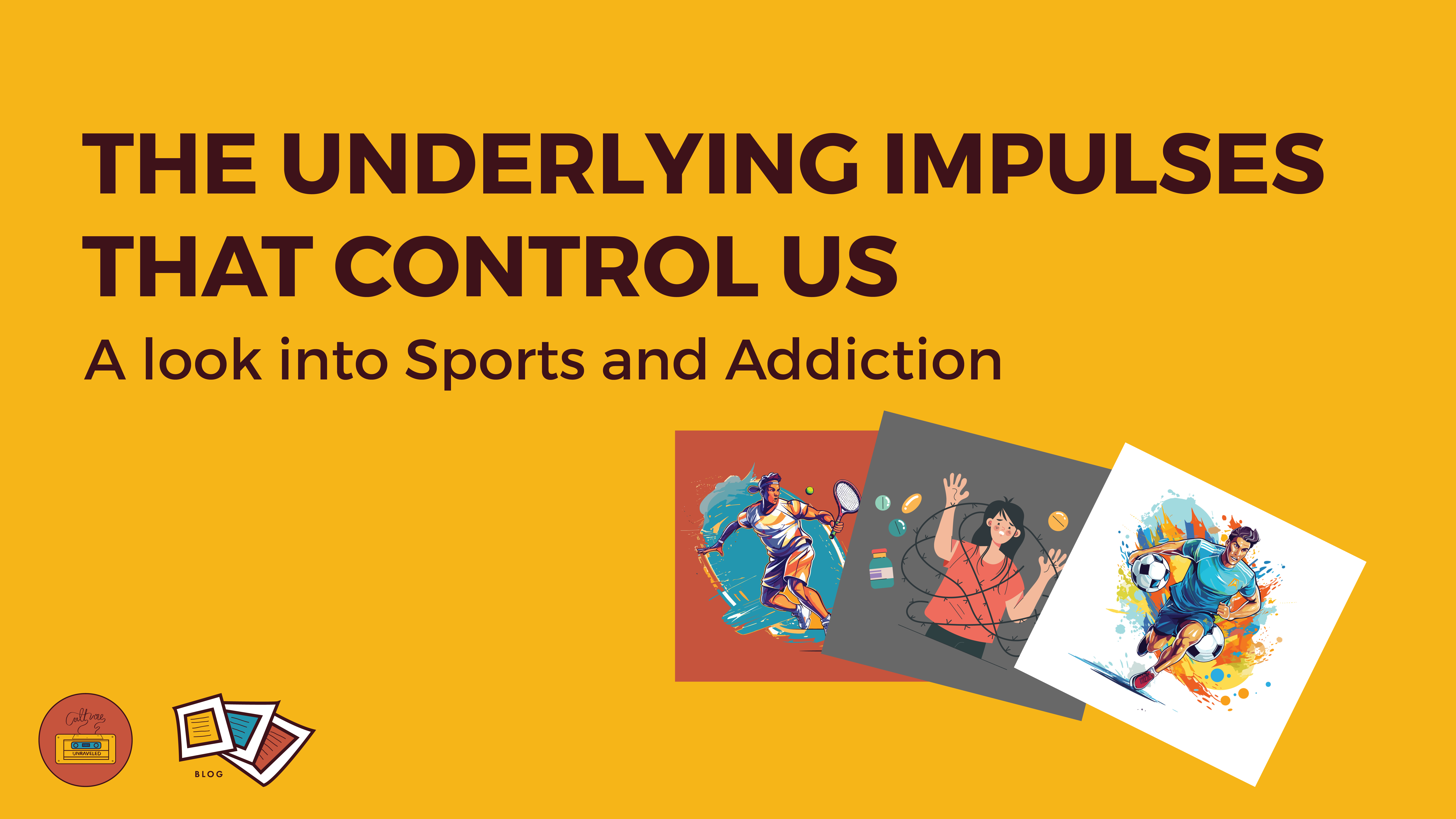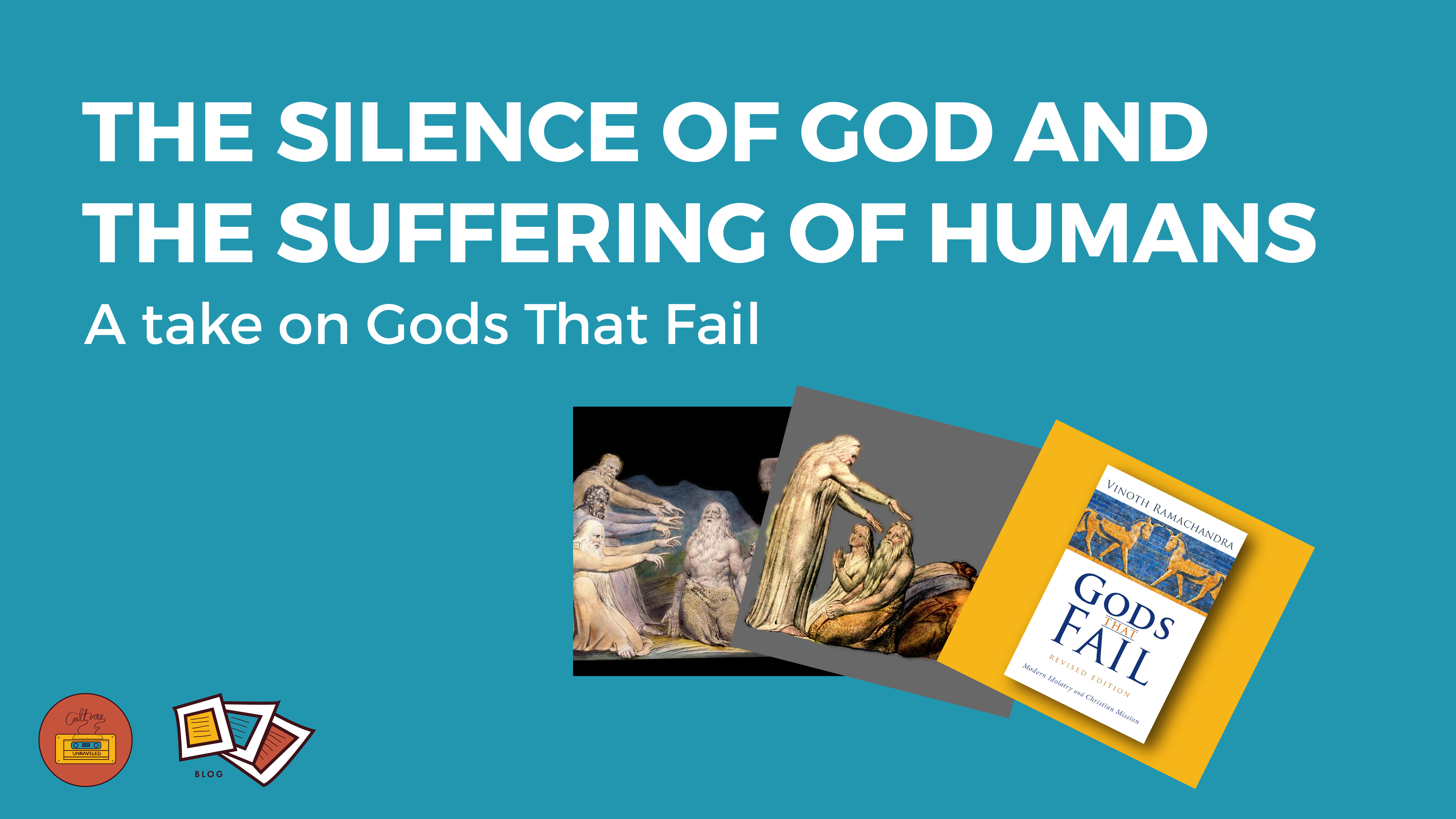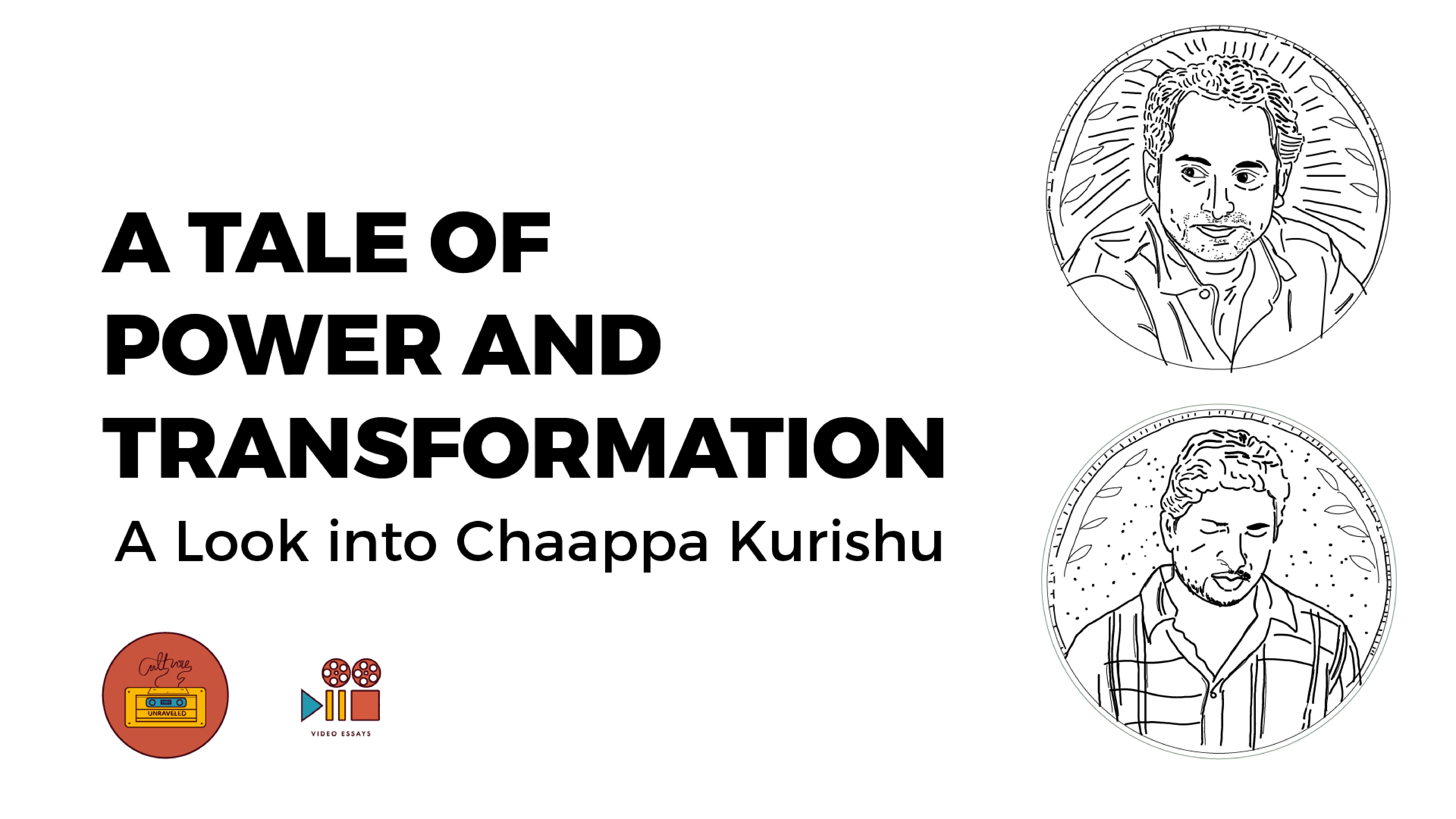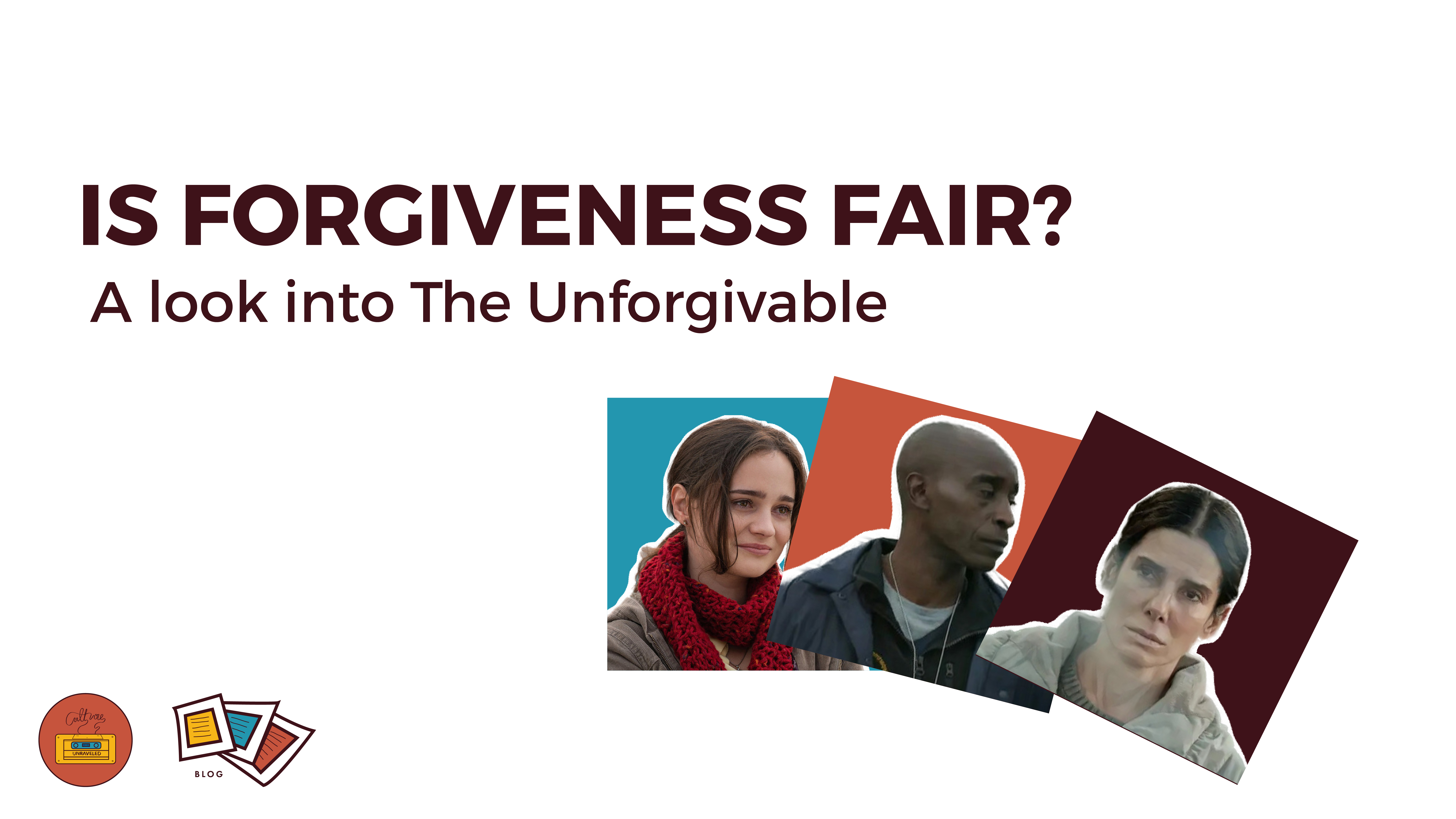
The movie “The Unforgivable” portrays the life of an ex-convict, Ruth Slater, who sets out to find her long-lost sister, Katie, after serving twenty years in prison for murdering a sheriff. At her release from prison, she immediately decides to live with her newfound freedom, but not without restraint. She volunteers to take up a carpentry job, and soon, we get a glimpse of how she chooses to reclaim a decade of a lifespan that she lost as a prisoner. But as the movie unfolds, we see that not everyone accepts her for who she is, as they continue to see her through the lens of her past identity.
Despite Ruth’s experience of freedom from guilt, she does not receive forgiveness for it from the people who suffered due to her misconduct. At this point, the story invites us to consider the nature of forgiveness. It begs the question of whether forgiveness is unfair, given that the victim incurs a very high cost because of the harm their offender caused them. In other words, the story invites us to reconsider if forgiveness is just.
The story begins with Ruth’s parole officer, Vince Cross, keeping a firm check on her as she works at her new job while also searching for her sister. Meanwhile, Katie has an accident and returns home to her foster parents. They begin to worry that the accident might have happened because Katie might be having memories of Ruth. They decide to keep the truth from Katie for her own good. Katie’s foster parents seem to love her like their own child. And they make every effort to keep Katie safe.
Yet, they don’t seem to be forgiving of Ruth, which suggests that while they loved Katie, they also feared that she could be taken away from them. Despite their apprehensions about Ruth’s past, they do not realize that she was, after all, Katie’s sister. In keeping the truth from Katie, they keep her from fully understanding her identity. And in their unforgiveness towards Ruth, they mislead Katie about the truth, even though their intentions in doing so seem fair.
Yet Ruth’s pursuit of Katie seems relentless, as she works out every way to find her. And the path she takes doesn’t seem to favor her in any way. She becomes the sheriff’s son, Steve’s murder target, who finds out her whereabouts and plans to kill her. He makes his way inside the building where Ruth works without anyone noticing him, and he meets her. Unaware of who he is, Ruth briefly talks to him before leaving the building. He asks her about her parents, and she tells him that they were dead. When he apologizes, Ruth responds by saying “life goes on” and leaves. Outraged at such a nonchalant response, he goes through her belongings in her absence and finds out about Katie. He then firmly makes up his mind to do to Ruth what he thought she did to her father. He decides to murder Katie.
Steve’s hatred for Ruth seems justifiable, but he also makes the mistake of believing that revenge is the right way to assuage his hatred for Ruth. His unforgiveness towards her, which caused his vengeful attitude, revealed more about the brokenness of his own heart than it revealed what Ruth justifiably deserved. And he remains enslaved to that from which he earnestly desired freedom. He believed that unforgiveness was a fair response because of his inclination towards hatred and vengeance towards Ruth.
One day, Ruth returns to her former home, where she lived with a five-year-old Katie, and finds it fully renovated by the new occupants, John and Liz Ingram. John catches Ruth staring at the house from a distance and invites her to meet his family. Out of kindness, he even offers to drop her back at her place. On their car ride to Ruth’s place, John discovers Ruth’s search for Katie. With a deeply compassionate heart, he tells Ruth that he is a lawyer, and he decides to help her by reaching out to Katie’s foster parents. Despite discovering Ruth’s identity, he convinces Katie’s parents to meet her. Their brief meeting doesn’t end well, as Ruth discovers that they hid all the letters she wrote to Katie for over twenty years. A horrified Ruth bursts out emotionally, and Katie’s foster parents storm out of the room, confirming their worst fears.
While it is easy to sympathize with Katie’s parents at such an emotional unheaval, their indifference to Ruth’s real intentions suggests that they operated more on fear than an openness to the truth. While their hearts sought to protect their foster child from harm, their unforgiveness and fear of Ruth only aggravated the emotional toll that their situations had on all of them. Moreover, while John’s compassion and support for Ruth’s endeavors seem incredible, his inability to discover Ruth’s real intentions keeps him from recognizing that Ruth really needed forgiveness and acceptance, more than mere sympathy. Yet it only seemed fair that Ruth did not deserve such forgiveness after all. Her chance at redemption did not seem fair.
Despite the resistance from everyone around her, Ruth continues to pursue Katie. When she finds out that Katie is going to perform at a musical, Ruth immediately decides to contact John and seek his professional advice. When she is unable to reach him, she goes to his house, where John’s wife, Liz, confronts her furiously and asks her to leave. Out of sheer desperation, Ruth reveals that it was Katie who innocently fired the shot that killed the sherrif and that she took the blame to protect her five-year-old sister.
Learning the truth, Liz immediately offers to drive her to the rehearsal, when suddenly Ruth receives a phone call from Steve. He tells Ruth that he has taken Katie hostage and intends to kill her. Ruth and Liz quickly find Steve, and in an attempt to keep him from killing Katie, Ruth surrenders to him and expresses utter remorse at everything that happened. She also gently tells him that he was going to commit a foolish mistake by killing the girl because he mistakenly captured Katie’s foster sister. She requests that he consider the messiness of the situation and even offers him a chance to kill her instead of the girl.
As Steve slowly realizes the gravity of the crime he is going to commit, the police arrive to diffuse the situation. Katie and her foster parents also arrive at the scene, and they see the police escorting Ruth away. Aware of the full truth, Katie looks at Ruth for the first time after twenty years and walks towards her. She wraps her arms around Ruth, and the movie ends on a bittersweet note as the sisters tightly embrace each other.
As the story ends, we see how the tables have turned with regards to the nature of forgiveness. At its core, forgiveness is an act of utter kindness towards the wrongdoer, even if it costs one everything. Throughout the movie, all the characters who assumed that Ruth might be dangerous failed to look at their own shortcomings and judged her as unforgivable. Forgiving her wasn’t fair to them because they failed to consider the truth. They could not look past their uninformed judgements and consider the significance of Ruth’s life as a human being. Their unforgiving attitudes perpetuated a further cycle of violence.
But on the other hand, Ruth’s determination to protect Katie by taking the blame suggests that she regarded her sister’s life as more important than her own. Her kindness towards Katie cost her everything. Yet she took the blame to protect Katie. Her understanding of forgiveness was not merely in relation to the truth about the situation but also in relation to what was just. And justice to her was to put Katie’s well-being and future above her own. Her selfless act, motivated by love and a desire to protect, challenges accepted ideas of what is fair in forgiveness. It shows that forgiveness is not merely about vindicating the wrongdoer but also acknowledging the complexities of human nature and the capacity for change. In the end, the movie invites us to reflect on how forgiveness can be redemptive. It makes us reconsider the idea that forgiveness is fair when we recognize its power to go beyond judgment and fear and uphold the dignity of the lives of those who need our forgiveness.
_________________________________________
Written by Roselina Vundi

